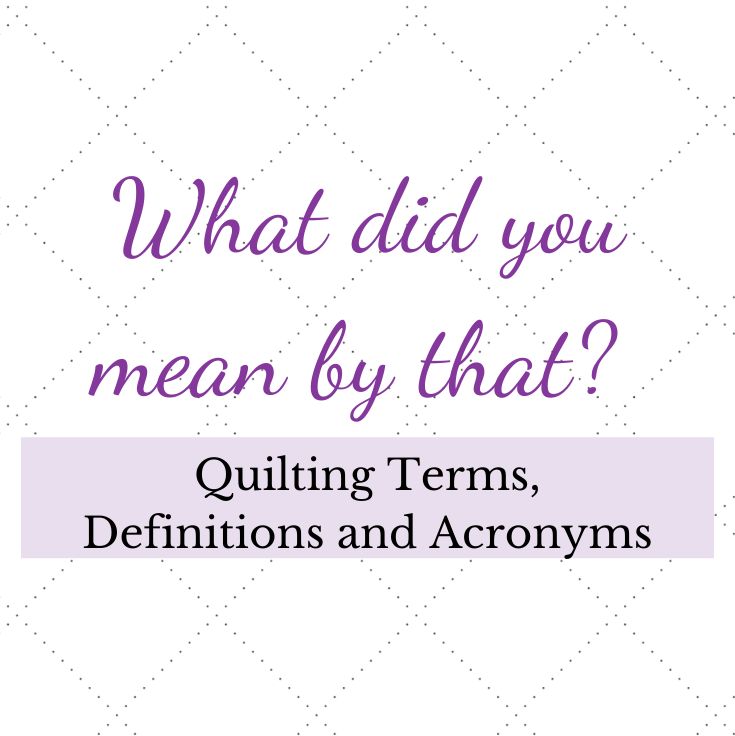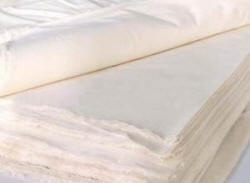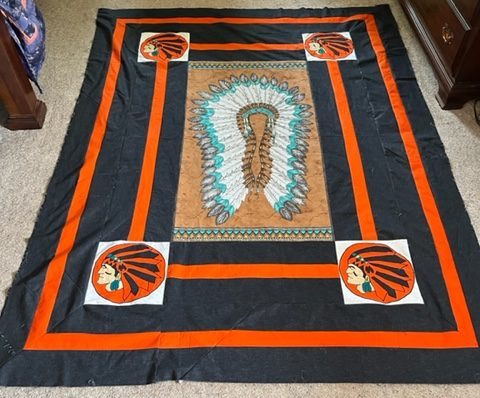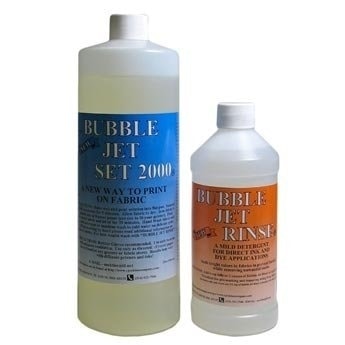*This post MAY contain affiliate links. That means that if you make a purchase after clicking on a link I may earn a small commission at no extra cost to you. I don’t ever recommend something that I don’t use myself. Not all links are affiliate links. For more information, see our Privacy Policy.
Using those Wonderful Vintage Blocks in a New Quilt
Have you been lucky enough to find old quilt blocks but don’t quite know what to do with them? If they are in reasonably good shape, consider finishing them into a quilt or wall hanging. Don’t just leave them in a drawer. Even if they are not in such good shape, it is still possible to work with them so their beauty will shine. Warning: these tips do not apply to every quilt or every situation. When in doubt, consult a professional.
Before using your blocks, examine them carefully and repair any loose seams or stitches. Unless they are filthy, you shouldn’t wash them until they are finished. If they are dusty, try vacuuming them. Place them under a screen then use the brush attachment of your vacuum cleaner to gently pull the dust out. Do both sides. If they feel brittle, you may like to try to dehydrate them before using them.
It isn’t necessary to plunk them in water – a few days in a frost-free freezer will do nicely. Or, put them in an oven overnight on the top shelf, with plastic above the blocks and a bowl of water on the shelf below. Put a note on the oven warning the kids not to turn it on.
If you feel you must wash them, or you suspect the dye will run, wash them individually in a bowl of cold water. If your dye runs you can try Dye Magnet or Synthropol to soak up the excess dye. Vinegar, while it doesn’t work on modern dyes, might just work, too. Dry them by laying them flat on absorbent towels in a cat-free area.
If you damage fabrics while cleaning the blocks, don’t cry! Better it should happen now. Your blocks are not sturdy enough to be made into a quilt as they are. Replace the damaged fabric with vintage fabric if possible, or use a modern reproduction fabric. Try to match the missing piece in value and hue, not necessarily the print.
Did you know you can create fabric on your computer? If you just need a little, try making it! Scan the fabric you want to use on your computer. Print it on a piece of transfer fabric paper or fabric treated with Bubble Jet Set and ironed to freezer paper. Do not use a laser printer for this process, it will melt the freezer paper. For more information see Photo Transfer tips.
A little history
If you would like to use your blocks in a setting authentic to their period, first you need to know how old your blocks are and what the common styles were during that time period. Keep in mind that many styles had overlapping time periods; there is no one set time when everyone stopped doing one thing and started doing another.

If you have quilt blocks from the early 1800s you wish to use, you should use a simple set such as a straight-set with sashing or a stripy set. “Red and green” was a popular color combination at this time, and quilts were commonly finished with a woven tape or fringe instead of a binding.
Obviously blocks this old should be considered fragile and you may wish to consider ironing them to a stabilizer before setting them into a wall hanging. Although the quilts of this time period were heavily quilted, it may be best to keep the quilting on these old blocks to a minimum. Be sure to use a thin cotton batting such as Quilters Dream request, and a modern muslin backing. Don’t use vintage fabric for the backing – it needs the strength of the new fabric.
In 1835, Godey’s Lady’s Book was introduced with regular articles on fashion and needlework. This magazine was treasured by the rural housewife as a source of entertainment and advice. Although Godey’s Lady’s book attempted to interest women in the more refined English patchwork and recommended the use of silk, American women preferred the same quilt designs that their friends and relatives used.
Patterns began to be shared between quilters through the simple method of making a sample and sending it on. Often these blocks were made of fabric scraps – not used clothing, but scraps left over from a dressmaking project. Distant friends and relatives could share a piece of their lives with a block sample, showing their clothes and their latest quilt project. If you find a box of orphan blocks, they may not be orphans at all – they may be a box of memories.
After the Civil War
It was after the civil war that the scrap quilt became popular. Due to the inevitable shortages of war, quilts really were made of discarded clothing at that time. Fabric was scarce following the war and many quilts were made of homespun, dress scraps, or a soldier’s old uniform. They were quickly made and tied to provide warmth for families recovering from the war.
The centennial brought a resurgence of quilts being made as a celebration and quilts began to be made for their beauty again. The coming together of design influences from all over the globe at the 1876 World Exposition in Philadelphia had a pronounced influence on the design of quilts. Crazy quilts became a fad. These were made to decorate the lavish interior decoration of the day using velvets, silks, and brocades. Scraps of dress silks, wedding gowns, silk souvenirs, cigar bands, and more found their way into crazy quilts. Crazy quilts occasionally included embroidered verses and information recording family events.
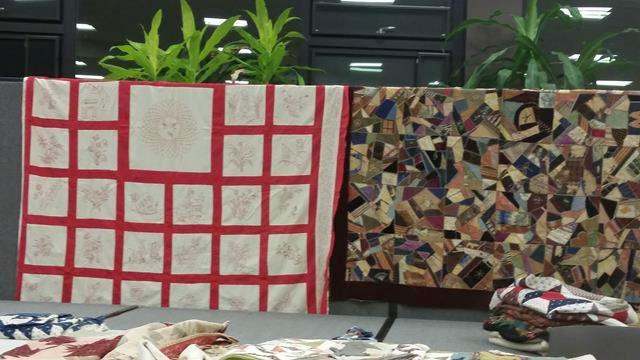
If you have crazy quilt blocks that you think are not finished because they don’t have batting or backing, you may not realize these quilts were generally not meant to be backed. The joy was in the doing, not the finishing. However, to stabilize the quilt for future generations to enjoy, you should probably finish the piece. The crazy quilt tops that were finished we sometimes finished as if they were pillows, sewn right sides together to a backing and then turned out. The blocks would just be folded to the back and the edges whip stitched closed. Occasionally a ruffle would be added.
Be aware of the delicate nature of the silks used in the late 1800s. To stabilize a shattering piece of silk, carefully slip a piece of extremely light fusible knit interfacing such as Misty Fuse under the silk (fusible side up), and iron lightly. Think of it as an upside-down band-aid.
Redwork became popular in the late 1870s as well. Redwork refers to simple designs that are embroidered in red thread on a white background. The designs were outlined flowers, figures, nursery rhyme characters, animals, and even historical scenes. If you have a set, you can sew them straight, around a medallion, with sashing or on point. The sky is the limit. Do check them for colorfastness first, however. (See redwork tips)
The 20th Century
By the turn of the century, the country was starting to feel prosperous again. Textile mills were in full operation, and cotton fabric had never been less expensive. By 1890 catalog sales included quilt patterns. If a woman ordered her yard goods from Sears or Wards, she could purchase any of 800 designs for just a dime. By the beginning of the 1900s, magazines went a step beyond publishing patterns. Some had a column where readers could share favorite patterns and even new ones they had designed. Many offered mail order patterns as well. Newspapers began offering quilt patterns as a way of luring subscribers. These patterns often had a setting suggestion and we finally began to see imaginative settings, some including applique.
The middle of the 1920s marked an abrupt change in the color and style of fabrics being produced. Pastel and bright color schemes. Novelty prints and lively calicos were used in abundance. Charming and happy prints, as well as delicate solids, appeared to contrast the depression.
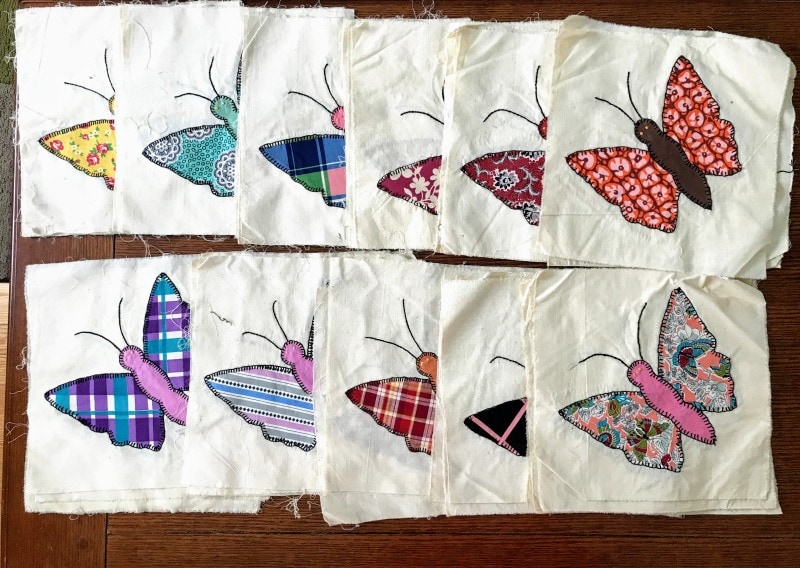
Kit quilts became popular, and it often seems like the majority of quilts made in that time period were Double Wedding Rings, Dresden Plates, Grandma’s Flower Gardens, Floral Appliqué, and Sunbonnet Sue. Pre-stamped quilt blocks were sold with embroidery motifs. Sunbonnet Sue poked her bonnet into American Lore. The portable yo-yo began to be seen everywhere. If you have quilt blocks from the 30s, pretty much any set is appropriate. Try putting them on point, and adding borders.
The country entered into a new war and women once again found themselves forced to be resourceful. New quilts were made out of old tops. As a marketing ploy, grain producers began to package feed in print sacks. Men were sent to the store with instructions to buy feedsacks in specific colors and quantities. Three were needed to make a woman-size dress. Novelty feedsacks to make aprons or dolls were available.
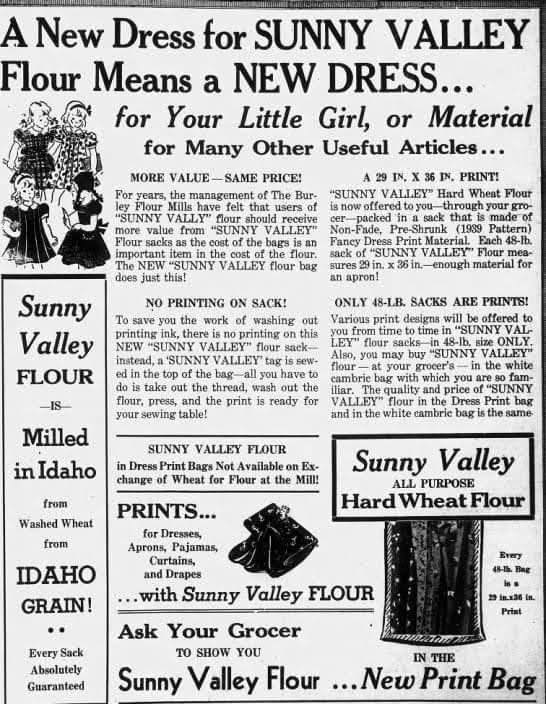
Sometimes called feedbags, textile bags, and “chicken linen,” these terms refer to the bags that were purchased with products like flour, grain, feed, or seed in them. They were also used for flour, salt, sugar, and other baking necessities. Generally made of cotton or burlap, they might be tightly woven or loosely woven depending on what they carried. When the product inside was used up the cloth bag was recycled (long before that word was fashionable) into garments, quilts, and household articles.
When the war ended, the interest in handmade items waned. Women were joining the workforce in unprecedented numbers and had no time to make bedding. Especially when they could now afford to buy it! It was associated with poorer times. Interest in quilting was revived in the late 1970s, with the advent of the Bicentennial and the renewed interest in the life of our forebears.
Have you remodeled an old quilt top or blocks? Send me the picture, and I will add it here.
Have another tip to offer? Send it to me or reply below and I will add it here.
Don’t forget to sign up for the newsletter! Once a week, I send updates on quilt-related information I have found while wandering the web. This might be an inspiring article, a tip or tutorial I have discovered (or written), and occasionally exclusive offers & discounts as well as immediate access to the secret page of free patterns, guides, and printables. You can follow my page on Facebook, or join the Make Believe Quilters group, too.
